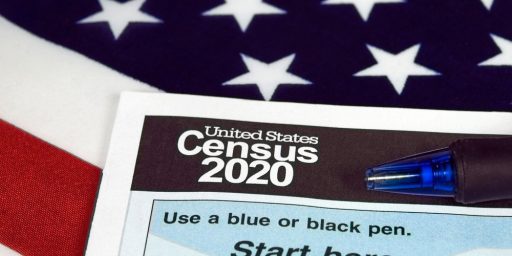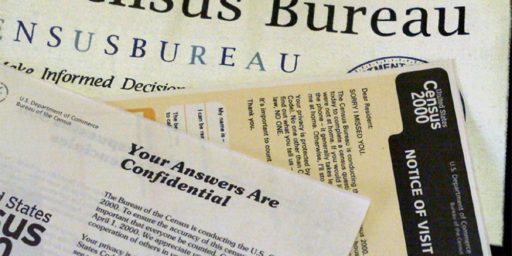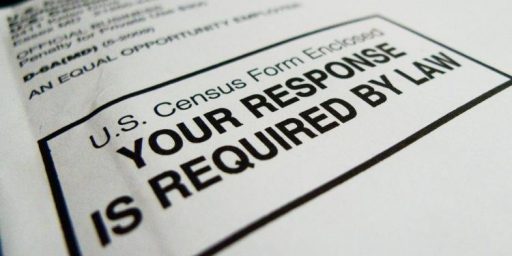Representation In The House: The Forgotten Constitutional Amendment
The posts by James Joyner and Steven Taylor today regarding the issue of the size of the House of Representatives makes it worth noting that there was a Constitutional Amendment proposed as part of the original Bill of Rights that would have dealt with this issue:
After the enumeration required by the first article of the Constitution, there shall be one representative for every thirty thousand, until the number shall amount to one hundred, after which the proportion shall be so regulated by Congress, that there shall be not less than one hundred representatives, nor less than one representative for every forty thousand persons, until the number of representatives shall amount to two hundred; after which the proportion shall be so regulated by Congress, that there shall be not less than two hundred representatives, nor more than one representative for every fifty thousand persons.
Because it did not receive enough support, this proposed amendment was never ratified. Had it been passed, though, it would have required that the size of Congress be adjusted with every Decennial Census and the House of Representatives today could theoretically have as many as 6,000 members in the House of Representatives, one for every 50,000 Americans. An impractical number to be sure, but a reminder that the Founders did see the value in keeping Congressional Districts small enough that representatives would not lose touch with the people they’re supposed to be representing.




I don’t think it’s an impractical number; I think the House would be a different sort of body than it is now.
It would, perhaps, be a more practical institution if we dispensed with the idea that Congress can only meet and conduct business in person. Technology provides other options